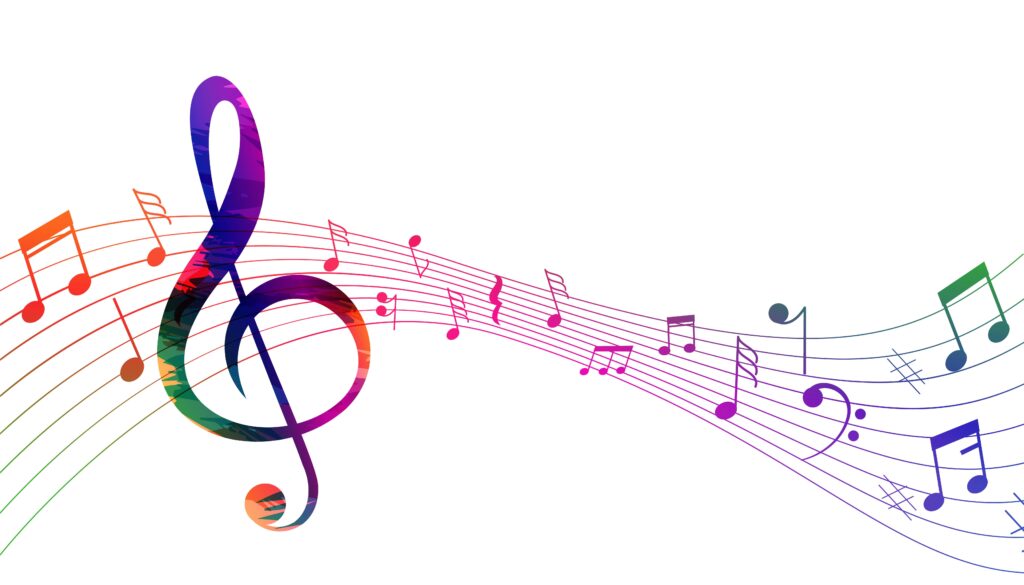Introduction
In the mesmerizing realm of Indian classical music, a rhythmic heartbeat pulsates beneath the melodic tapestry, creating a spellbinding harmony that has captivated audiences for centuries. This rhythmic foundation is known as “Taal,” a term that encompasses not only a beat but also the intricate patterns and cycles that underpin the rich tapestry of ragas and melodies. In this exploration, we delve into the essence of Taal, understanding its significance, unraveling its structure, and uncovering how it is the key to unlocking the enchanting beauty of Indian classical music.
Understanding Taal: The Soul of Rhythm

Taal, in the context of Indian classical music, refers to the rhythmic framework that provides structure to a composition. Just as a heartbeat sustains life, Taal sustains the musical flow. It serves as a metrical guide, offering a sense of timing, symmetry, and punctuation to the unfolding melody.
The Significance of Taal
- Rhythmic Precision: Taal instills discipline and precision in the performance. Musicians and percussionists adhere to the Taal’s cycle, creating a harmonious interplay of rhythm and melody.
- Dynamic Expression: Taal is not static; it allows for variations, emphasizing certain beats and creating dynamic accents that add depth and emotion to the music.
- Collaborative Synchronization: In ensemble performances, Taal acts as a unifying force, ensuring that musicians across different instruments and vocal ranges remain synchronized.
Unraveling the Structure of Taal
Taal is composed of a specific number of beats arranged in distinct groupings. Each beat is referred to as “Matra,” and groups of beats form “Vibhags.” The most common Taal structure is the 16-beat cycle known as “Teen Taal,” divided into four Vibhags of 4-4-4-4 beats each.
Taal and Layakari: The Art of Rhythmic Play
“Layakari” refers to the rhythmic play and creative manipulation of Taal. Musicians add intricate patterns, improvisations, and rhythmic variations that enhance the composition’s aesthetic appeal. This artistry showcases the mastery of rhythm that is an integral part of Indian classical music.
Taal’s Role in Ragas and Melodies

Taal not only provides a rhythmic foundation but also influences the choice of compositions and the mood they evoke. Different ragas (melodic scales) are suited to specific Taals, and the interplay between rhythm and melody creates a harmonious journey for the listener.
Conclusion
In the captivating world of Indian classical music, Taal is the thread that weaves together intricate melodies, creating a musical tapestry that resonates with the human spirit. It is the secret key that unlocks the door to a realm of rhythm and emotion, enabling musicians to tell stories, evoke emotions, and transport listeners to a higher plane of consciousness. As you immerse yourself in the world of Indian classical music, let the enchanting magic of Taal guide your rhythmic journey, enriching your appreciation of this timeless art form.










